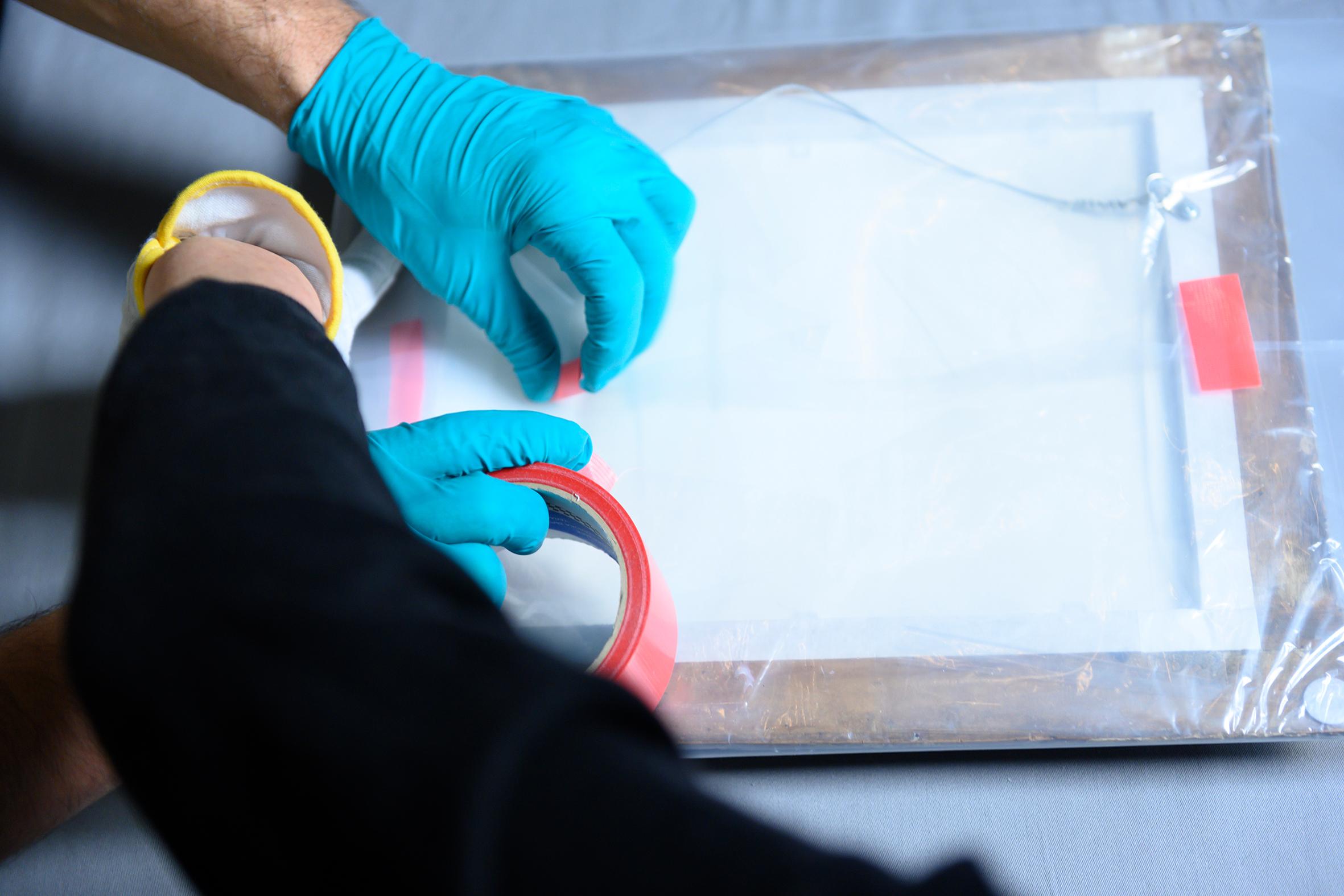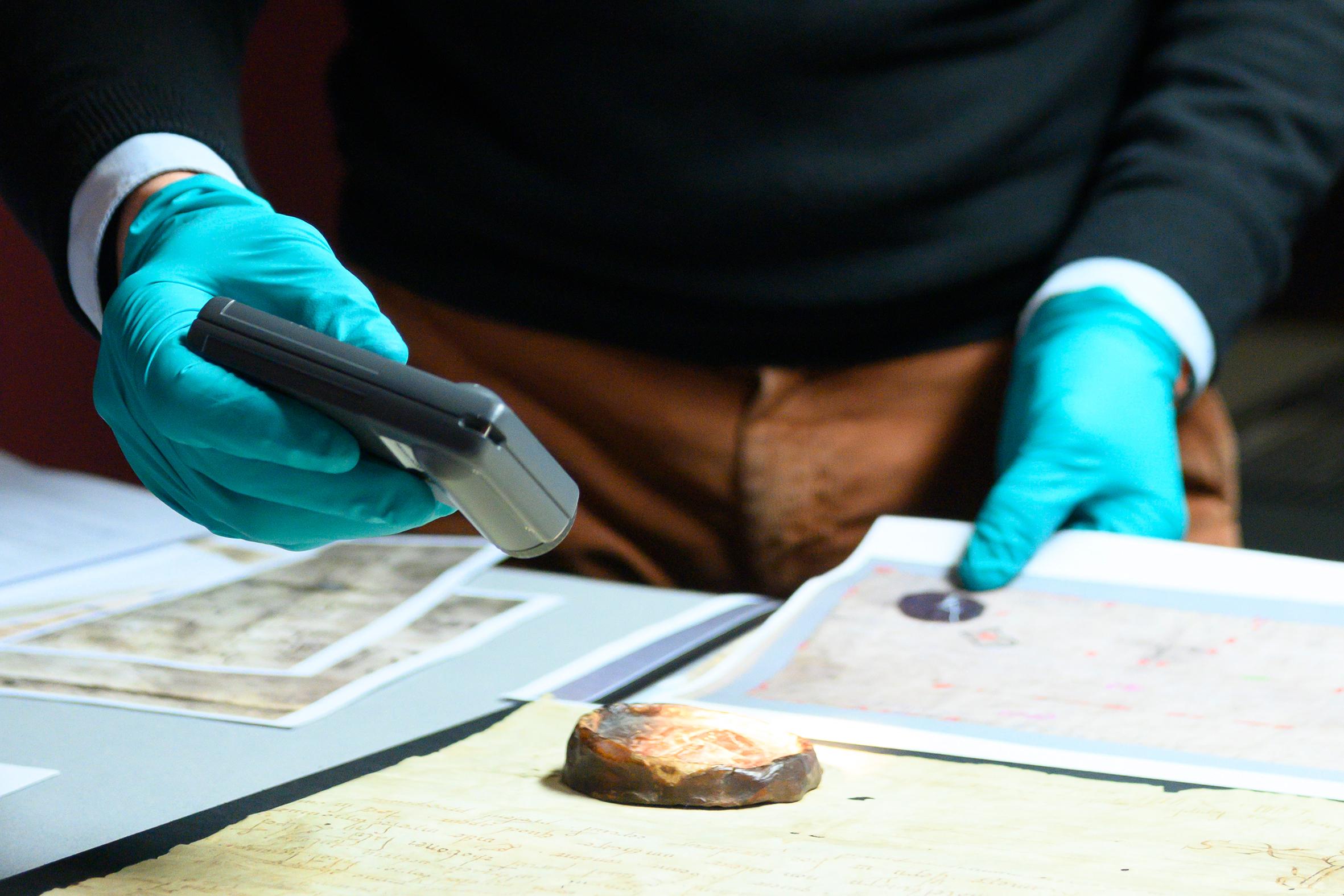Mastering the Preservation of Art: Essential Strategies to Protect Your Collection

At KENDRIS Art Management, it is part of our mission to support you in conserving your artworks and providing assistance through our extensive network of experts. In the following article we have summarized key strategies and best practices for protecting your valuable art collection.
Art is not just something to admire. At its best, it is a piece of history, culture, and human expression that deserves to be preserved for future generations. Whether you are a seasoned collector, a passionate enthusiast, or an artist creating your own masterpieces, understanding the importance of conservation aspects is paramount.
At KENDRIS Art Management, it is part of our mission to support you in conserving your artworks and providing assistance through our extensive network of experts. In consultation with one of our long-standing partner and expert in the field of conservation-restoration, Marcus Jacob, Chief Conservator and Head of the Conservation Department at Basel Historical Museum (HMB) and Owner-manager of Jacob Fine Art Services LLC, we have summarized key strategies and best practices for protecting your valuable collection in the following article.
The Importance of Preservation of Art
Artworks are not immune to the passage of time or the effects of their environment. They are vulnerable to damage from factors such as climate fluctuations, light exposure, and improper handling. Without consideration of conservation aspects, valuable artworks can incur damage and lose their aesthetic, historical and monetary value.
Environmental Control
Preserving the integrity of artworks requires attention to environmental conditions. For mixed collections, a relatively narrow range of 45-55% relative humidity (RH) and a temperature of 15-23°C should be maintained 95% of the time. Significant fluctuations in relative humidity and temperature can cause physical changes in the size and shape of objects, increasing the risk of paint flaking or cracks in the supports. If the relative humidity is too low, the materials of the artworks can dry out and become brittle, while too high relative humidity can lead to mold growth or accelerated degradation. Direct sunlight should be strictly avoided; if necessary, use sun protection devices such as UV-protective films and shading devices on windows. Additionally, UV-protective glazing on picture frames and dimmable artificial lighting without UV content can reduce the harmful effects of light exposure, such as the yellowing of light-sensitive supports or the fading of colour pigments.
Handling and Storage
We treat what is dear and precious to us with the utmost care, and artworks are no exception. It is strongly recommended to wear nitrile gloves and use appropriate techniques when handling artworks to avoid potential damage. When in doubt, seek handling instructions upon acquiring the piece. For artworks destined for storage, whether short-term or indefinite, ensure the environment is climate-controlled and only acid-free, aging-resistant materials are used for packing and cushioning. Special attention is also required during transport; secure artworks with custom-made, insulated climate crates if necessary, and request shock-absorbing and climate-controlled transport vehicles (e.g., air-sprung and climate-controlled trucks) to protect them from damage.

Image 1: Painting in a transport frame and isolated climate crate (© Marcus Jacob)
Display and Mounting
The quality of materials in direct contact with artworks is essential. Therefore, it is important to choose age resistant and acid-free materials for mounting and framing artworks. Unsuitable materials can cause contact damage and negatively affect the value of the artwork. It is important to check beforehand which materials are suitable for the packaging and framing of the artwork. Commonly used materials, such as bubble wrap or even the conservator-approved polyester fleece Tyvek, can leave marks on sensitive surfaces (polished metal surfaces, photo emulsions).

Image 2: Packaging of a painting with suitable materials (© Natascha Jansen)
Pest Management
A particularly vigilant approach is essential when it comes to preventing pest infestations in art collections. Biological pests such as mold, moths, carpet beetles, silverfish, and even rodents can cause significant and often irreparable damage to organic materials like paper, textiles, wood, and canvas. Regular pest monitoring is recommended to detect signs of infestation early. Prompt action is crucial to prevent the spread and potential damage to other artworks. Various treatment options are available in the event of an infestation, and it is always advisable to consult a conservator-restorer to determine the appropriate course of action.

Image 3: Paperfish on artwork
Documentation
In addition to the bill of sale and certificates, a condition report prepared by a qualified professional is an essential document. This report meticulously records the current condition of the artwork, including mapping of damages and detailed photographs highlighting existing damage or changes in condition. Whenever your artwork changes location, whether from exhibition to storage or on loan, it is crucial to have a conservator-restorer create a condition report or review and supplement an existing one. If conservation-restoration intervention is required, it should only be performed by a specialized conservator-restorer to ensure the best possible preservation of the work.

Image 4: Condition check of an artwork (© Natascha Jansen)
Conclusion
Preserving your art collection requires a proactive approach to conservation aspects. To support you in your conservation efforts, we have created a one-page checklist for you to download below:
Preserve the beauty of art for eternity – with our expertise by your side.



